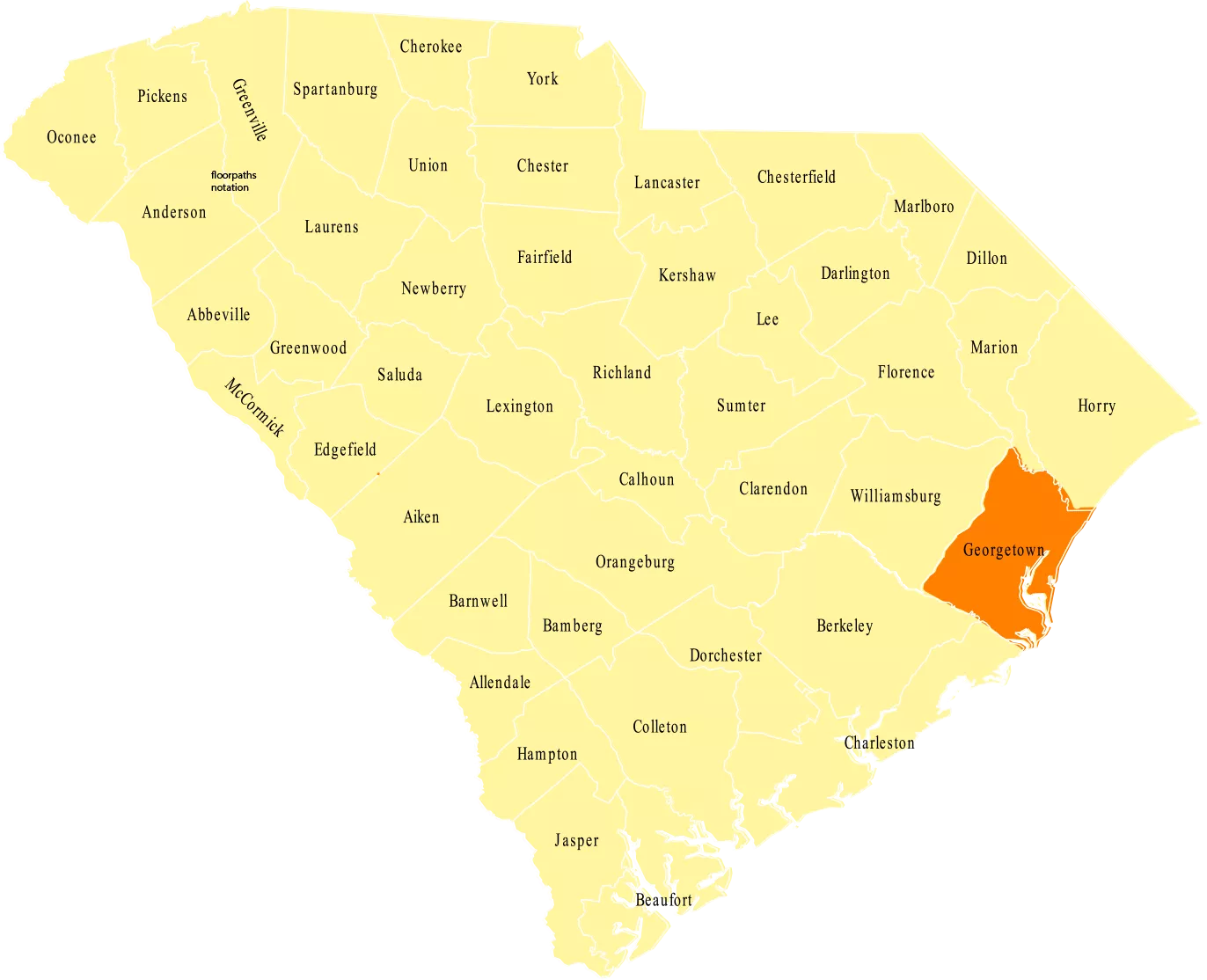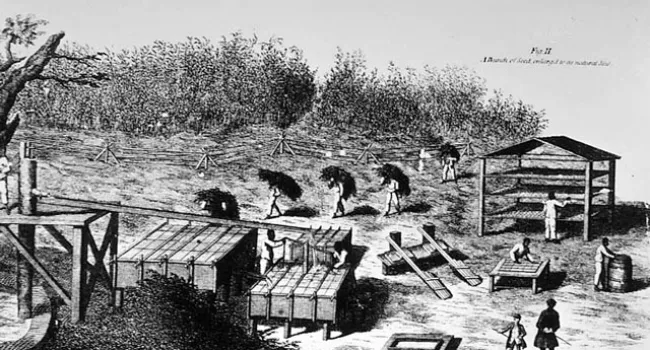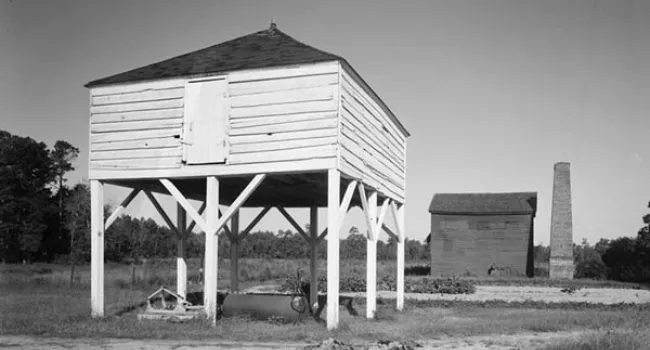
Photo
Fire companies were usually volunteer associations, and separate African-American and white companies developed in most sizeable towns in the state after the Civil War. The Star Fire Engine Company...
Although a number of Native American tribes already lived in the area and the Spanish had visited, English planters and their African slaves were the first to settle what is now known as Georgetown County. In 1769 Prince Frederick, All Saints, and Prince George parishes were combined, resulting in Georgetown District. In 1785 the district split into four counties including Winyah County. Winyah County would later be renamed Georgetown County in honor of King George II. Despite the approval of the British that this name suggests, Francis Marion regularly engaged in guerilla warfare from the county’s marshes during the Revolutionary War.
A coastal location has always served as a large source of wealth for Georgetown County. The location favored the growth of plantation crops, especially cotton and Indigo. In fact, Indigo planters became so affluent that they became their own level of high society known formally as the “Winyah Indigo Society.” Later, rice took over and became the crop of choice for Georgetown County plantation owners, but Indigo plants still grow wild in the area. Furthermore, the Georgetown Port, in the county seat of Georgetown, became such a source of income that pirates plagued the county’s coast.
Today one can easily observe a connection between Georgetown County’s past and its future. The African slaves brought over by British planters to farm cotton, Indigo, and rice have preserved the Gullah culture throughout the generations. This culture is especially evident on Sandy Island. Georgetown’s port still anchors the county’s economy. The county’s historical significance, coastal location, beach towns, and nature preserves make it a popular tourism destination.
Georgetown County, A Brief History. Accessed June 03, 2016.
http://www.georgetowncountysc.org/about/history.html

Photo
Fire companies were usually volunteer associations, and separate African-American and white companies developed in most sizeable towns in the state after the Civil War. The Star Fire Engine Company...
Photo
The vestrymen of the Catholic congregation of Georgetown pose after the dedication of their new mission church, St. Mary of Mercy, on January 5, 1902. The Right Reverend James F. Northrop, Bishop of...
Audio
Father Campbell served as the pastor of Camp Baskervill in Pawleys Island, SC (Georgetown County)
Audio
Father Campbell served as the pastor of Camp Baskervill in Pawleys Island, SC (Georgetown County)
Document
by Vennie Deas-Moore. A South Carolina native, Deas-Moore is a photographer and writer who specializes in the cultural history of the Lowcountry, especially the rice culture of Georgetown County. My...
Photo
This engraving, also from the 1785 Henry Mouzon map cartouche shows all the main steps in the production of indigo. The plants were harvested in bundles before the stems became woody, then immediately...
Photo
Workers on the Hobcaw Barony plantation around 1900 are "pounding rice the hard way," according to the caption. This pounding system is African in origin. The blows loosen the husks from the rice...
Photo
Winnowing house on the Mansfield Plantation in Georgetown County. Rice was brought into the upper story of the winnowing house, and was slowly sifted through a hole in the floor. As the heavier...
Photo
"A rice raft with plantation hands, near Georgetown." From a Keystone View Company stereograph card, around 1890. Courtesy of the South Caroliniana Library.
Photo
Two mules pull a plow while women cultivate these Georgetown County fields using rakes and hoes. Photograph album of William Doyle Morgan, around 1890. Courtesy of the South Caroliniana Library.